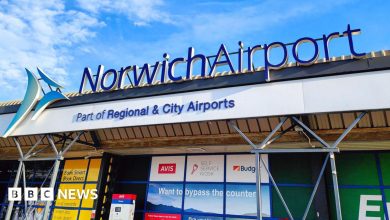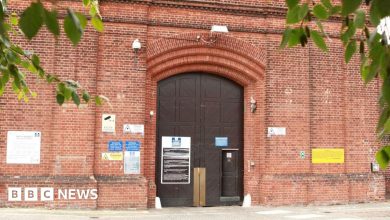Norwich City Council ‘disappointed’ to sell flagship social homes

Norwich City Council is facing the possibility of having to sell some of its new social housing stock to tenants under the Right to Buy scheme. Seven residents in Goldsmith Street, Norwich, are looking to purchase their homes at a discounted rate, causing concern for the Deputy Leader of the Council, Beth Jones. The ultra-low energy Passivhaus homes in Goldsmith Street won the Riba Stirling Prize for architecture in 2019, but Right to Buy rules allow tenants to apply to buy their property after living there for more than three years, leading to the potential loss of social housing in the city.
Beth Jones, the council’s Cabinet Member for housing, expressed disappointment at the impact of the Right to Buy scheme on the availability of affordable housing in Norwich. The council is currently losing 140 homes a year through the scheme, making it challenging to meet the housing needs of residents. The Labour Party has proposed measures to make it easier for councils to reinvest funds from the sale of housing stock into building new homes, as there have been around 280 social homes sold off in Norwich in the past two years. With more than 4,000 people currently waiting for council properties in the city, the issue of preserving social housing stock is a pressing concern for local authorities.
Despite concerns about the potential loss of social housing, the Labour Party maintains that people living in council houses should have the opportunity to buy their own homes. However, the party acknowledges that the sale of too many council homes without replacements has exacerbated the housing crisis in the country. The party has pledged to deliver a significant boost to affordable, social, and council housing if elected, aiming to address the shortage of available housing options for residents. The Department for Levelling Up, Housing, and Communities highlighted the positive impact of the Right to Buy scheme, which has helped over two million social housing tenants become homeowners since its inception in 1980.
The debate over the Right to Buy scheme in Norwich reflects wider issues surrounding the availability of affordable housing and the preservation of social housing stock. As councils grapple with the challenges of meeting the housing needs of residents while balancing financial considerations, finding a solution that ensures a sustainable supply of affordable housing remains a key priority. With thousands of individuals waiting for council properties in the city, the need for proactive measures to address the housing crisis and protect social housing for vulnerable populations is evident. The outcome of these discussions will have significant implications for the future of housing policy and provision in Norwich and beyond.








